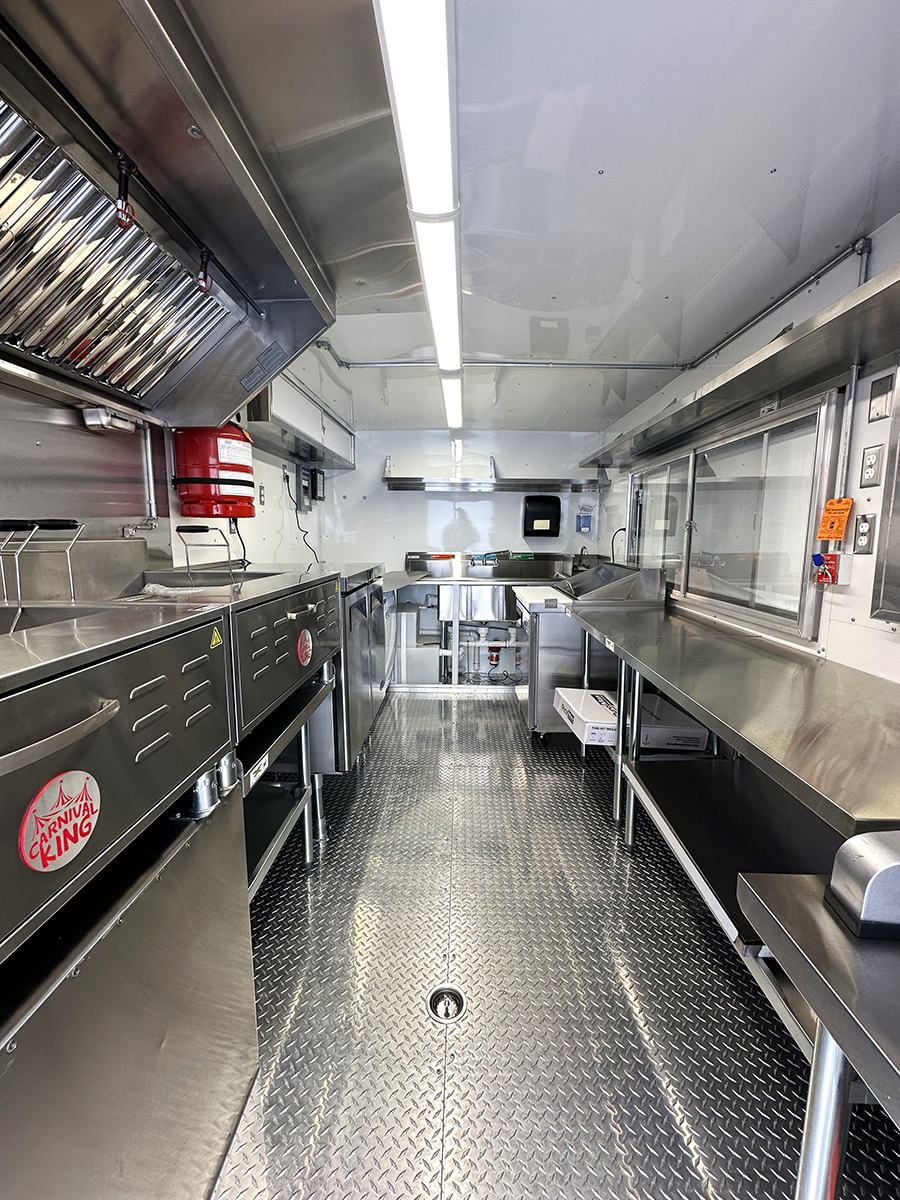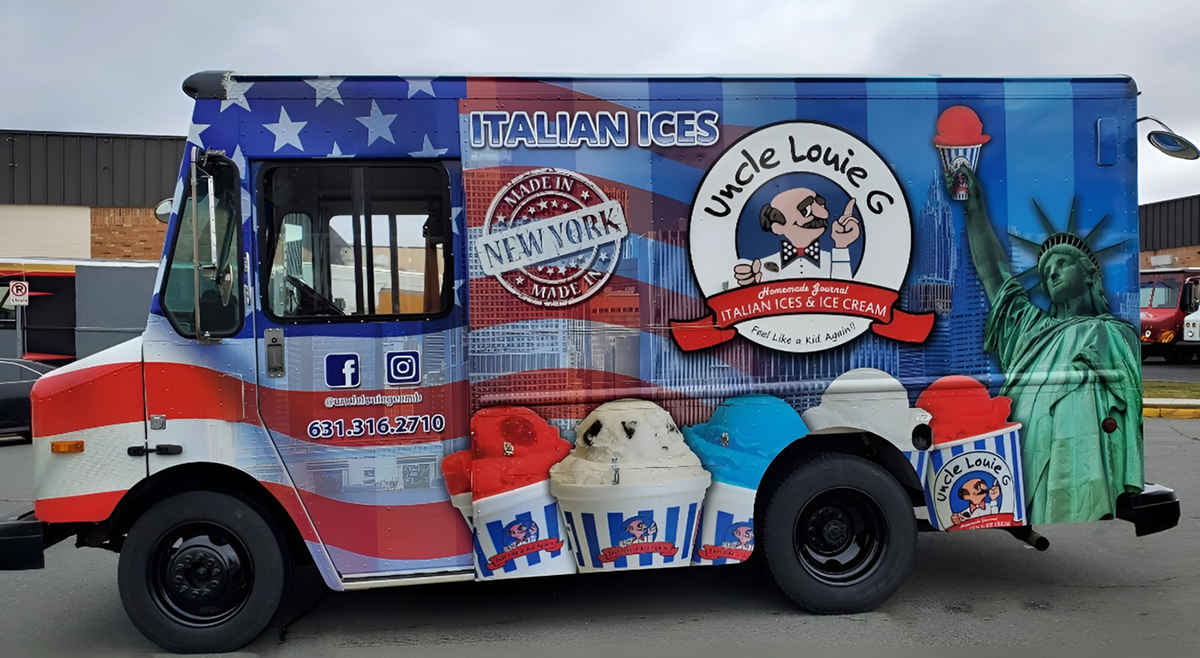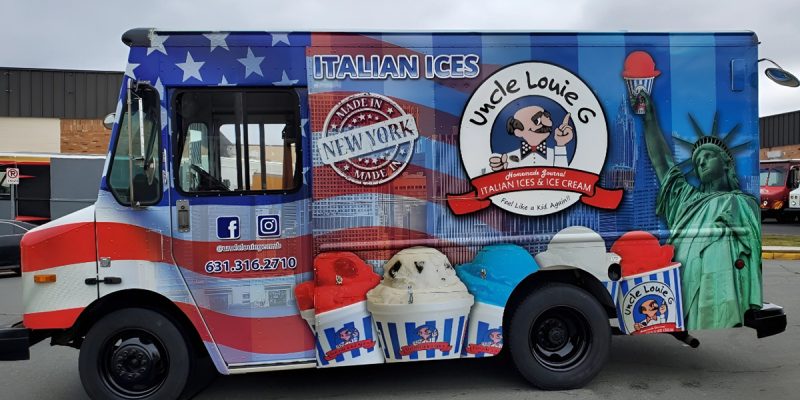Food trucks are one of the most talked-about parts of today’s dining scene, but they also carry a lot of baggage in the form of misconceptions.
Some people think they’re unsafe, others assume the food is low quality, and many believe they’re an easy business to run. These ideas spread quickly, yet they don’t hold up when you look at how food trucks actually operate.
In this article, we’ll tackle five of the most common myths about food trucks and show why they’re wrong. By the end, you’ll see a clearer picture of how food trucks really work, what challenges they face, and why they’re more than the stereotypes suggest.
Myth #1: Food Trucks Are Unsanitary
Why People Believe It
Mobile kitchens look small and cramped. That image leads to the idea that food trucks are “dirty” compared to restaurants.
The Facts
A study from the Institute for Justice reviewed thousands of inspection reports in U.S. cities. It found that food trucks averaged fewer health code violations than restaurants. For example, in Los Angeles, restaurants averaged 7.8 violations per inspection, while food trucks averaged 3.6.
Why This Matters
Trucks face the same health codes and often stricter oversight. Operators know that a single violation can damage their reputation quickly.
Key Takeaway
Food trucks are held to the same safety rules as restaurants, and research shows they often perform better in inspections.
Myth #2: Food Trucks Only Serve Basic, Low-Quality Food
Why People Believe It
People associate trucks with fast, greasy food because that’s how the industry started decades ago.
The Facts
Today, trucks are often testing grounds for creative cuisine. Many focus on gourmet dishes, specialty diets, or cultural fusion menus.
Why This Matters
The quality of a food truck’s food has as much to do with the chef and sourcing as any restaurant. Some well-known restaurants even started as food trucks.
Key Takeaway
Food trucks can and do serve high-quality meals, often bringing innovative menus to places that traditional restaurants don’t reach.

Myth #3: Food Trucks Don’t Face Regulation or Taxes
Why People Believe It
The idea of a mobile kitchen suggests freedom from local rules or taxes.
The Facts
According to industry research, the average food truck must secure at least six different permits and licenses before operating. In many cities, operators also pay commissary fees, inspection fees, and event-specific costs.
Food trucks also pay sales taxes, payroll taxes, and insurance, just like brick-and-mortar restaurants.
Why This Matters
This myth creates resentment from traditional businesses and confusion for new entrepreneurs. In truth, trucks are one of the most heavily regulated small businesses.
Key Takeaway
Food trucks are not escaping oversight. They comply with permits, taxes, and fees that often make entry harder than most people expect.

Myth #4: Food Trucks Are Only for Festivals or Special Events
Why People Believe It
Food trucks are often most visible at music festivals, fairs, or sporting events. Because of that, it’s easy to assume they exist only for those settings.
The Facts
Modern food trucks operate far beyond seasonal gatherings. Many build steady business by running daily lunch routes near office parks, serving college campuses, or parking in high-traffic neighborhoods. Catering is also a major revenue stream, with trucks booked for weddings, private parties, and corporate functions. By diversifying where and how they serve, trucks create year-round stability.
Why This Matters
Limiting food trucks to “event food” ignores their role in local communities. For owners, recognizing the year-round opportunities means more consistent income. For customers, it means better access to diverse, high-quality meals outside of restaurants.
Key Takeaway
Food trucks aren’t just tied to festivals. They are flexible, everyday businesses with multiple revenue streams that extend well beyond big events.
Myth #5: Food Trucks Hurt Local Restaurants
Why People Believe It
Restaurant owners often see trucks as competitors taking away customers.
The Facts
Studies show that food trucks can increase overall foot traffic in business districts. Trucks attract crowds to events, campuses, and nightlife areas, which can help nearby restaurants as well. In many cities, restaurants even launch their own trucks to extend their brand.
Partnerships are also common: restaurants and trucks collaborate at festivals, share commissary kitchens, and cross-promote to reach more customers.
Why This Matters
Seeing trucks as rivals misses their role in growing local dining scenes. They often serve different hours, markets, or food styles.
Key Takeaway
Food trucks and restaurants can thrive together. Trucks often expand, not shrink, the customer base for dining out.
Bonus Myths (in brief)
- Food trucks only work in big cities: Many succeed in suburbs and smaller towns.
- They don’t have overhead: Most pay commissary, storage, and parking fees.
- They cause traffic or safety hazards: Proper zoning and permits manage these concerns
Conclusion
Food trucks face myths that can discourage new operators or mislead customers. The reality is clearer: they are safe, regulated, creative, and often complement the wider dining economy.
Next time you see a truck, remember the facts:
- They are inspected as strictly as restaurants.
- They can deliver gourmet meals.
- They operate under heavy regulation.
- They require hard work, not quick cash.
- They can support local dining, not destroy it.
Food trucks are a growing part of the food industry, and the myths don’t match the reality.

